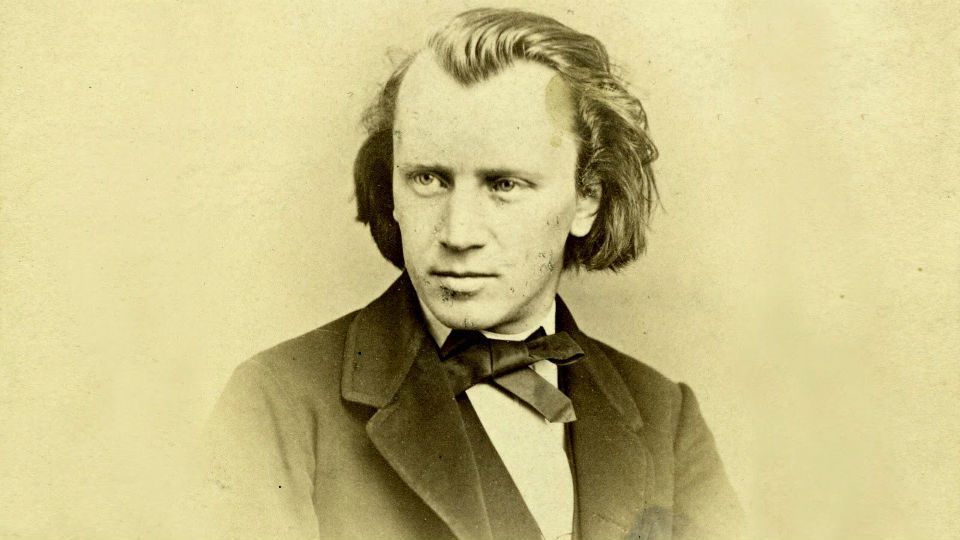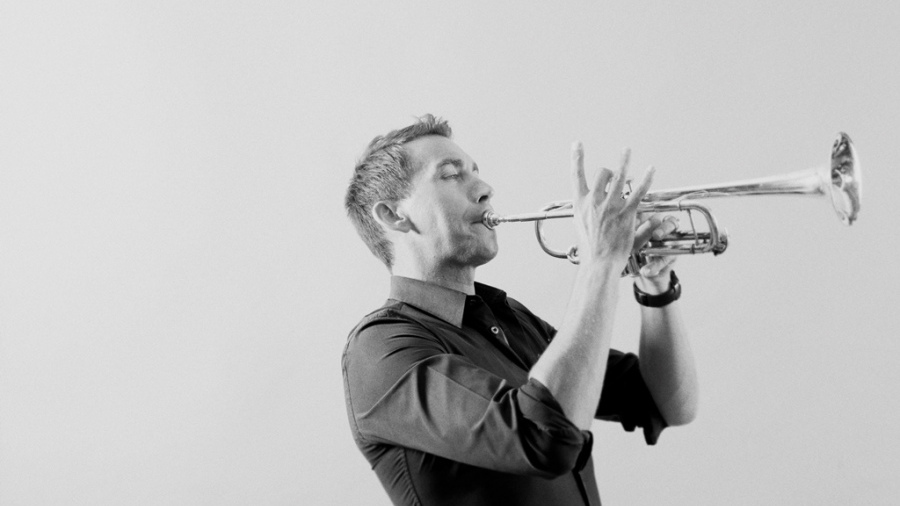Brahms’ String Sextet No. 1, Op. 18: Janine Jansen and Friends
There is something comforting and nostalgic about the opening of Johannes Brahms’ String Sextet No. 1 in B-flat Major. It begins with an expansive theme in the cello, which seems to draw us in and wrap its arms around us in a warm embrace. In this melody, you can hear the motivic seeds of the similarly warm and majestic theme from the final movement of Brahms’ First Symphony. Completed in 1860, this is music by …







